The United States is home to a remarkable diversity of snake species, with the vast majority being non-venomous and harmless to humans. While many people instinctively fear snakes, learning to identify common non-venomous species can help alleviate unnecessary anxiety and foster appreciation for these important reptiles. Non-venomous snakes play crucial roles in ecosystem health by controlling rodent populations and serving as prey for larger predators. This guide explores 12 common non-venomous snake species found across the United States, providing key identification features and information about their habitats and behaviors.
Eastern Garter Snake (Thamnophis sirtalis)
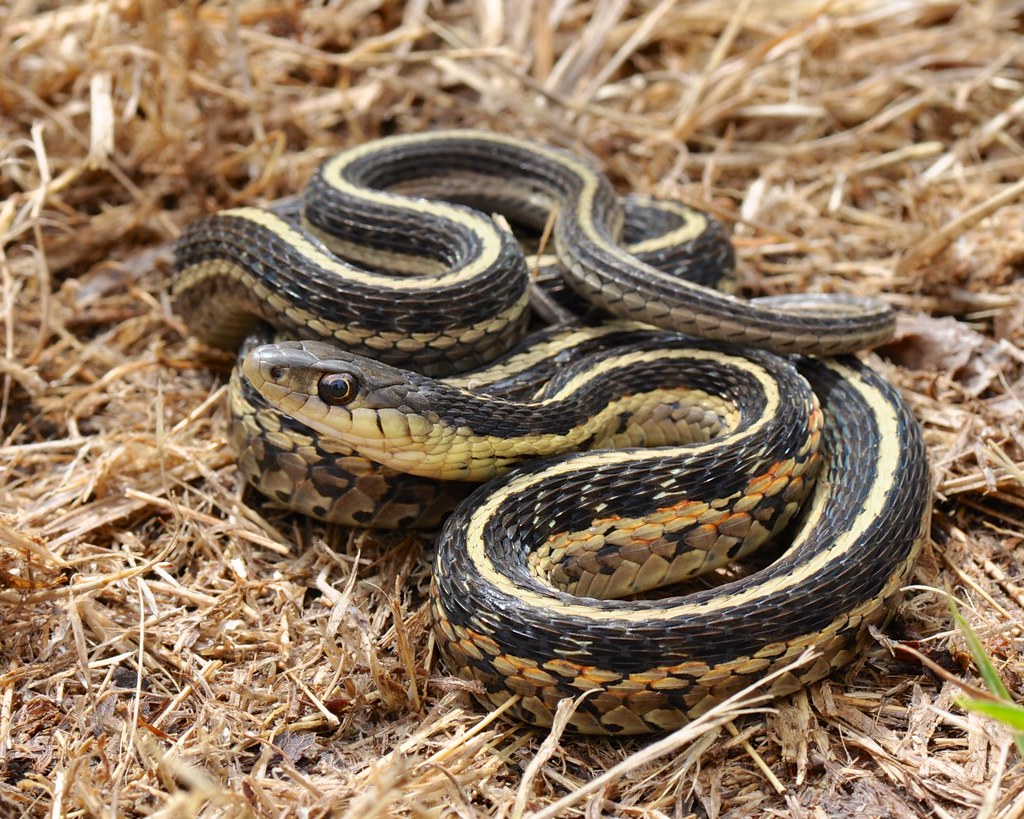
The Eastern Garter Snake is perhaps America’s most familiar snake, recognized by its distinctive pattern of three light-colored stripes running down a darker body. These adaptable reptiles typically reach 18-26 inches in length and display considerable color variation, with backgrounds ranging from olive green to brown or black. Eastern Garter Snakes can be found in a variety of habitats, from suburban gardens to wetlands, meadows, and woodlands across the eastern United States. When threatened, they may release a foul-smelling musk, but they rarely bite and are generally docile after their initial defensive display. These beneficial predators feed primarily on earthworms, amphibians, and small fish.
Common Kingsnake (Lampropeltis getula)
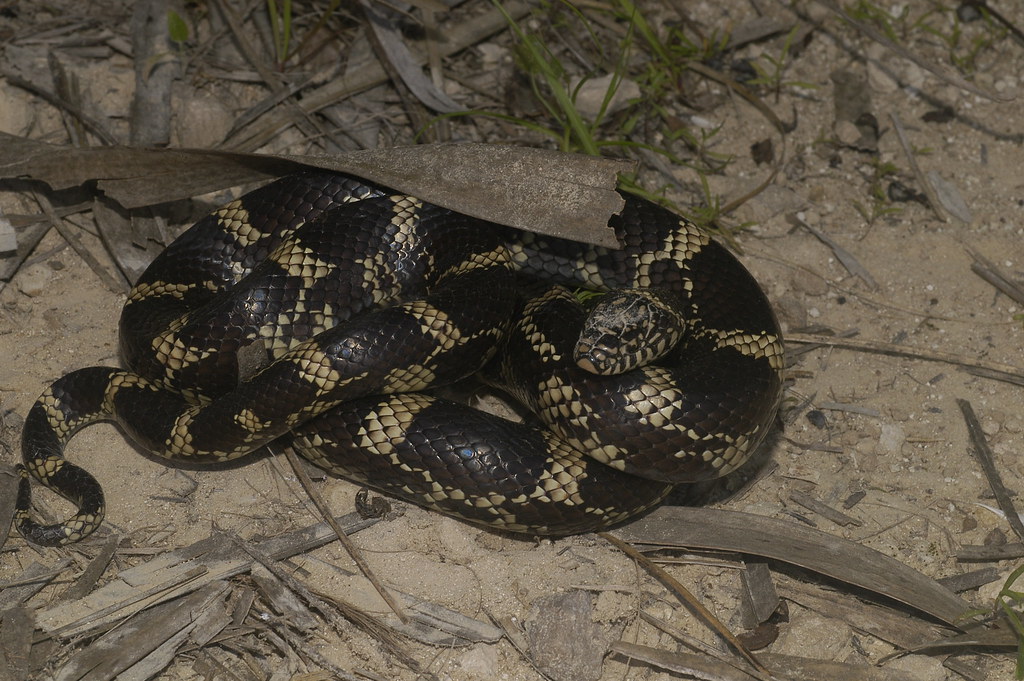
The Common Kingsnake is renowned for its ability to consume other snakes, including venomous species like rattlesnakes, thanks to its immunity to pit viper venom. These glossy-scaled snakes typically display dramatic patterns of light-colored bands or speckles against a black or dark brown background, though pattern variations exist across their range. Most Common Kingsnakes grow to 3-4 feet in length and possess a muscular body built for constricting prey. Found throughout much of the southern and western United States, these snakes adapt to diverse habitats from forests to deserts and farmlands. Their docile nature and striking appearance have made them popular in the pet trade, though wild specimens should always be left undisturbed.
Corn Snake (Pantherophis guttatus)
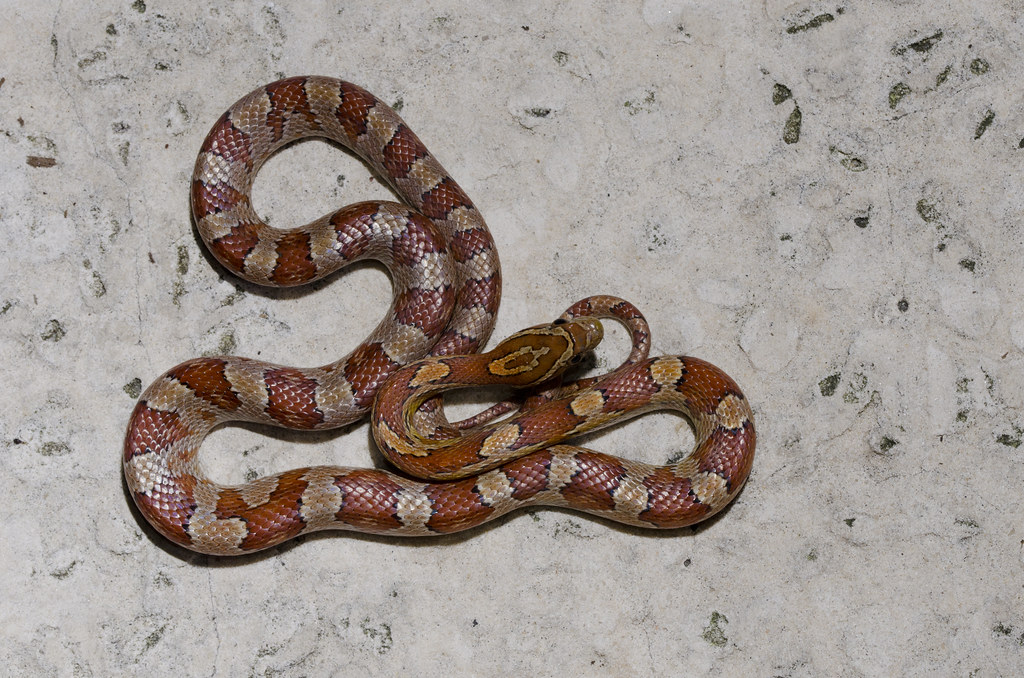
The Corn Snake is celebrated for its vibrant orange or reddish-brown coloration adorned with bold red or brown blotches outlined in black. These medium-sized constrictors typically reach 3-5 feet in length and possess a slender, elegant build well-suited for climbing. Native to the southeastern United States, Corn Snakes thrive in various habitats including pine forests, abandoned buildings, and agricultural areas where they excel at controlling rodent populations. Their common name derives either from their frequent presence around grain stores and cornfields or from the corn-like pattern on their bellies. Due to their docile temperament, manageable size, and striking appearance, Corn Snakes rank among the most popular pet snakes in America.
Rat Snake (Pantherophis obsoletus complex)
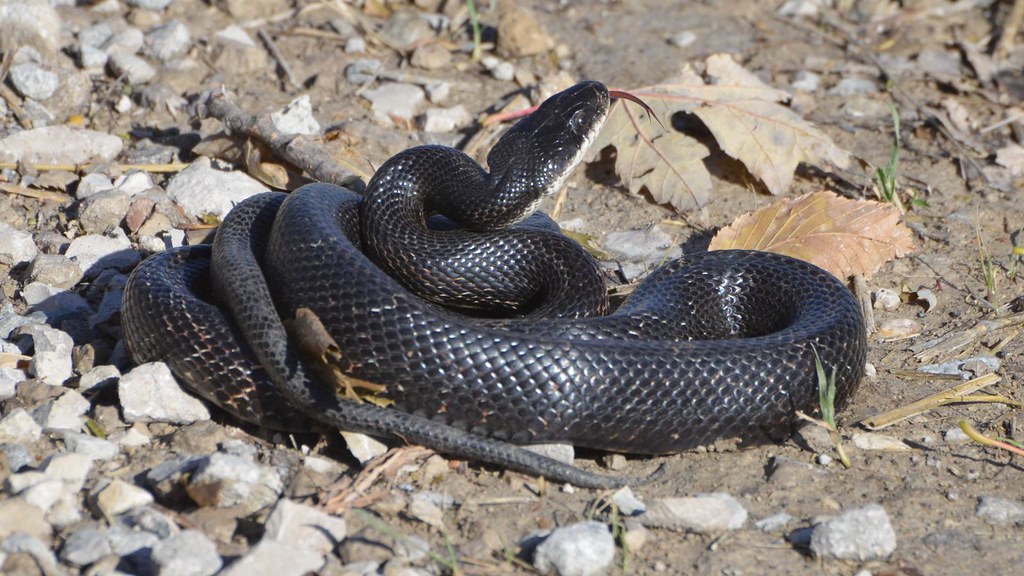
Rat Snakes comprise several closely related species found throughout the eastern and central United States, including the Eastern Rat Snake, Black Rat Snake, and Texas Rat Snake. These impressive constrictors commonly reach 4-6 feet in length, with some exceptional specimens exceeding 8 feet. Coloration varies by region and species but often includes patterns of black, gray, brown, or yellow, with juveniles typically displaying more distinct patterning that fades with age. Rat Snakes are exceptional climbers, using their muscular bodies to scale trees and buildings in search of birds, eggs, and rodents. Despite their intimidating size and tendency to vibrate their tails when threatened, these snakes are generally non-aggressive and valuable for controlling rodent populations around homes and farms.
Ball Python (Python regius)
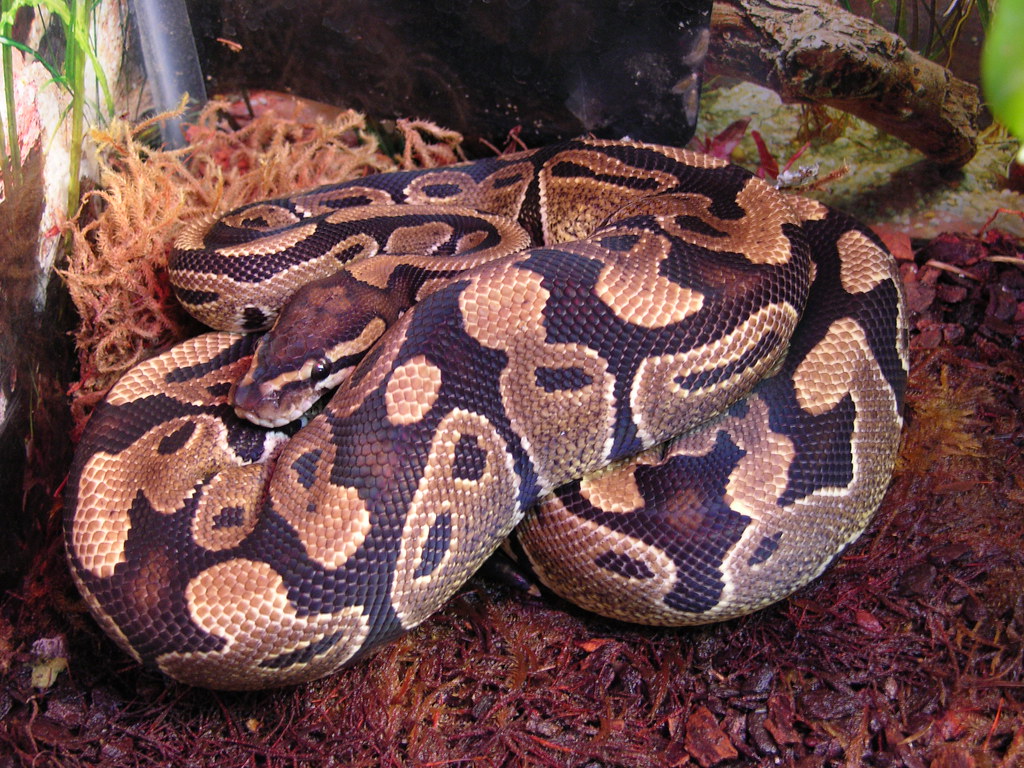
While not native to North America, the Ball Python deserves mention as one of the most common non-venomous snakes kept as pets in the United States. These relatively small pythons, native to West and Central Africa, typically grow to 3-5 feet long and are recognized by their stocky build and distinctive brown and gold patterning. Ball Pythons earned their name from their defensive behavior of rolling into a tight ball with their head protected in the center when threatened. Their docile nature, manageable size, and availability in hundreds of captive-bred color morphs have made them America’s most popular pet snake. Wild-caught specimens may be shy and refuse food, while captive-bred individuals typically adjust well to handling and regular feeding routines.
Gopher Snake (Pituophis catenifer)
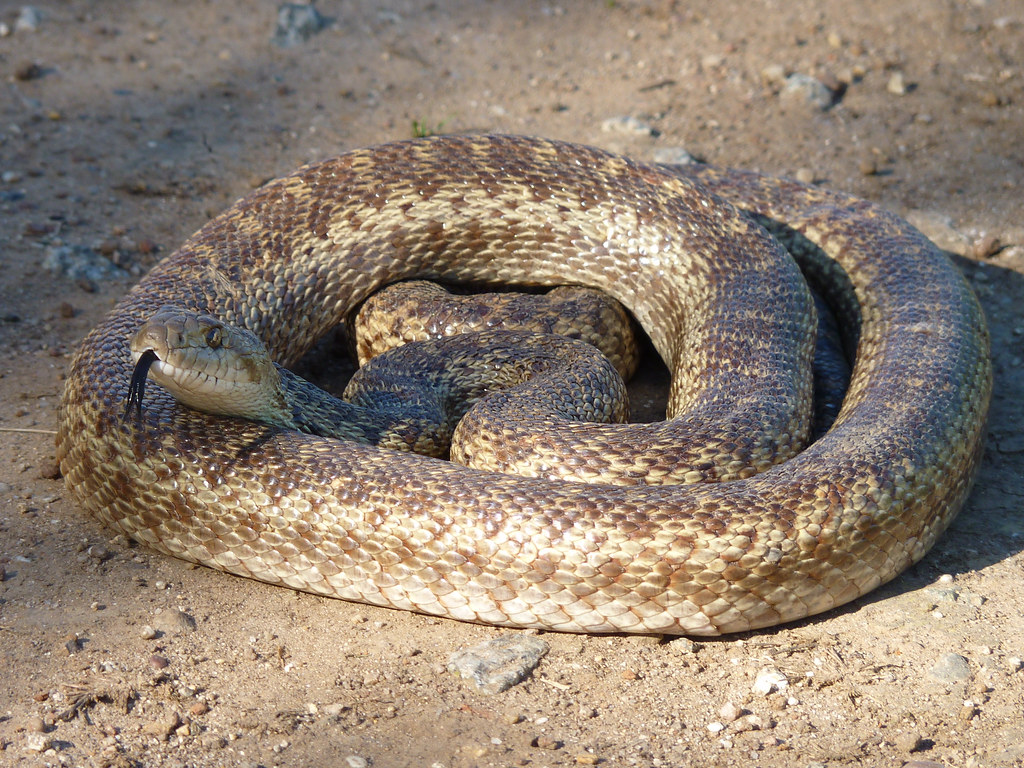
The Gopher Snake, also known as the Bullsnake in some regions, is a large, heavy-bodied constrictor found throughout the western and central United States. These impressive snakes commonly reach 4-5 feet in length and display tan or yellowish bodies marked with large brown or black blotches. When threatened, Gopher Snakes employ a remarkable defensive strategy of flattening their heads, hissing loudly, and vibrating their tails—behaviors that often cause them to be mistaken for rattlesnakes. These adaptable reptiles inhabit a wide range of environments from deserts to grasslands and forests, where they hunt primarily by constriction, feeding on rodents, birds, and eggs. Farmers have historically valued these snakes for their exceptional ability to control destructive rodent populations around agricultural areas.
Eastern Hognose Snake (Heterodon platirhinos)
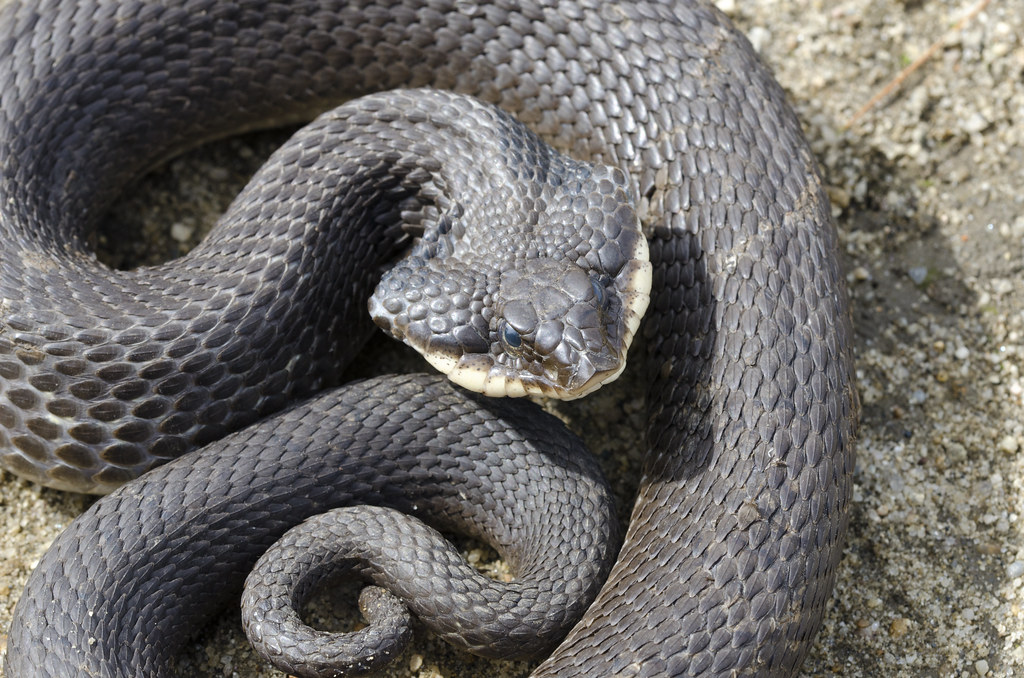
The Eastern Hognose Snake is famous for its dramatic defensive displays and upturned snout that resembles a pig’s nose. These stout-bodied snakes typically reach 20-33 inches in length and exhibit remarkable color variation, ranging from yellow and brown to gray, olive, or even solid black. When threatened, the Eastern Hognose performs an elaborate bluffing routine: spreading its neck like a cobra, hissing loudly, and striking with a closed mouth—if this fails, it will roll onto its back, mouth agape, and play dead with remarkable commitment. Found in the eastern United States, these specialized predators use their upturned snouts to dig for toads, their preferred prey. Despite producing a mild venom to subdue amphibians, Hognose Snakes are considered harmless to humans, as their rear-fanged delivery system poses minimal risk.
Ring-necked Snake (Diadophis punctatus)
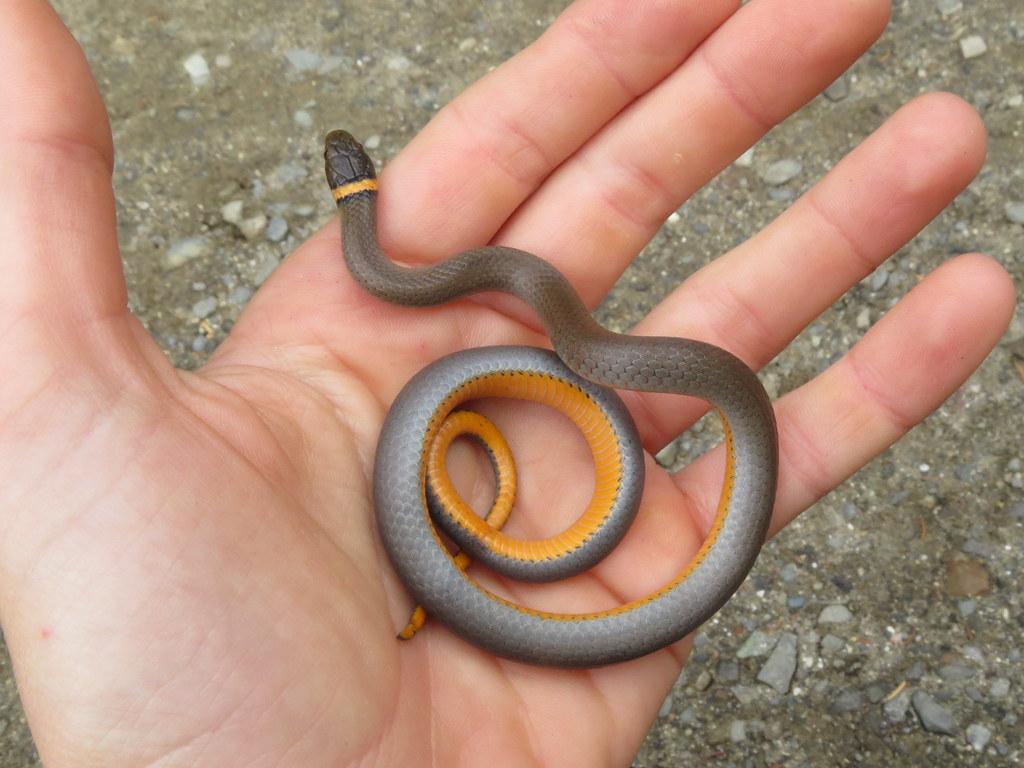
The Ring-necked Snake is a diminutive species immediately recognizable by its distinctive bright yellow, orange, or red collar contrasting against a solid dark body. These slender, secretive snakes rarely exceed 15-20 inches in length and possess smooth scales that appear almost iridescent in sunlight. Ring-necked Snakes inhabit moist woodlands, meadows, and rocky hillsides across much of the United States, where they spend most of their time hidden under rocks, logs, or leaf litter.
Despite their vibrant warning coloration, these gentle snakes pose no threat to humans and typically respond to handling by curling their tails to display their bright orange-red underside. They feed primarily on smaller reptiles, amphibians, earthworms, and insects, which they subdue with a mild venom delivered through rear fangs too small to effectively penetrate human skin.
Northern Water Snake (Nerodia sipedon)
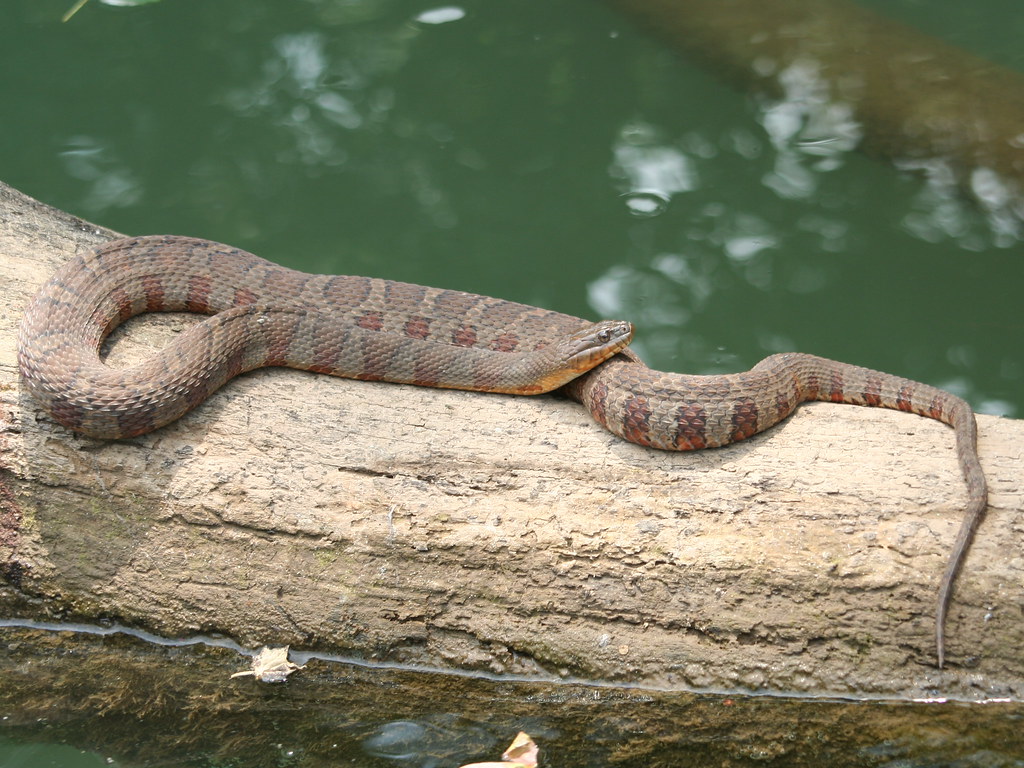
The Northern Water Snake is frequently misidentified as the venomous Cottonmouth due to its aquatic habits and sometimes aggressive defensive behavior. These robust snakes typically reach 2-4.5 feet in length and display patterns of dark crossbands or blotches on a background color ranging from tan to brown or gray, though older specimens often darken to a nearly uniform brown or black.
Found throughout the eastern and midwestern United States near virtually any permanent water source, Northern Water Snakes are excellent swimmers that hunt fish, amphibians, and crayfish. When cornered, they may flatten their bodies, strike repeatedly, and release a foul-smelling musk, earning them an undeserved reputation for aggression. The key to identification is their round pupils and lack of heat-sensing pits between the eyes and nostrils, distinguishing them from venomous water-dwelling species.
Rough Green Snake (Opheodrys aestivus)
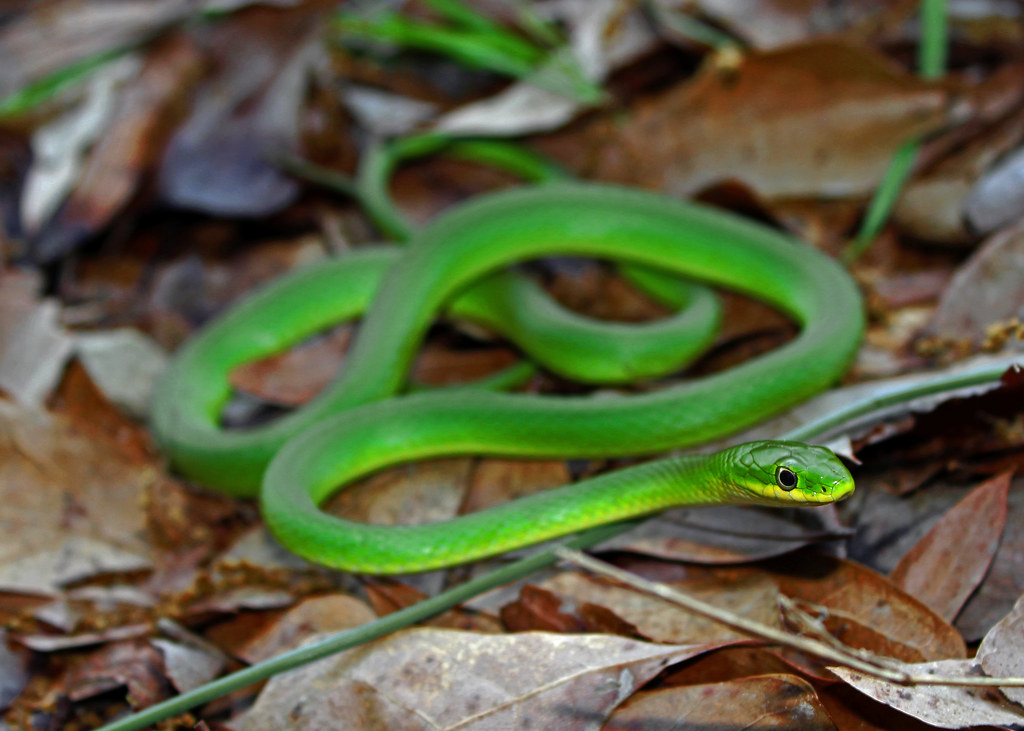
The Rough Green Snake is a strikingly beautiful species with a slender body of vibrant grass-green scales that provides perfect camouflage among foliage. These arboreal snakes typically grow to 2-3 feet long and possess keeled scales that give them a slightly rough texture compared to their smooth-scaled relatives. Found throughout the southeastern United States, Rough Green Snakes spend much of their time in shrubs, vines, and low tree branches, where they hunt for insects, spiders, and other invertebrates. These gentle reptiles rarely bite when handled but may musk as a defensive measure. Unfortunately, their brilliant green coloration fades to a dull blue or black shortly after death, meaning that roadkill specimens often go unrecognized by passersby who might otherwise appreciate their beauty in life.
Ribbon Snake (Thamnophis saurita)
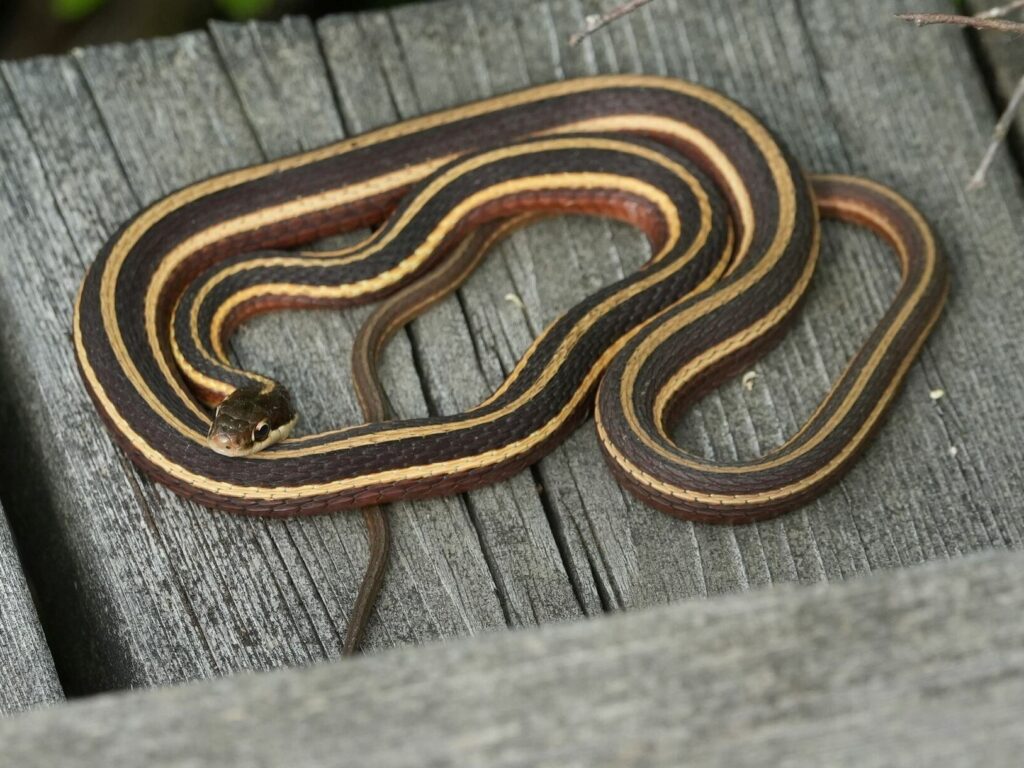
The Ribbon Snake is a slender, elegant relative of the garter snake characterized by its streamlined body and three distinct yellow or white longitudinal stripes against a dark background. These graceful reptiles typically reach 18-26 inches in length and possess a more refined build than their garter snake cousins, with proportionally longer tails and a more delicate head. Ribbon Snakes inhabit wetland areas, pond edges, and stream banks throughout eastern North America, where they hunt primarily for amphibians, small fish, and occasional invertebrates. Their semi-aquatic lifestyle makes them excellent swimmers, often seen basking on overhanging branches ready to drop into the water at the first sign of danger. When handled, Ribbon Snakes rarely bite but may release a musky defensive secretion from glands near the base of their tail.
Milk Snake (Lampropeltis triangulum)
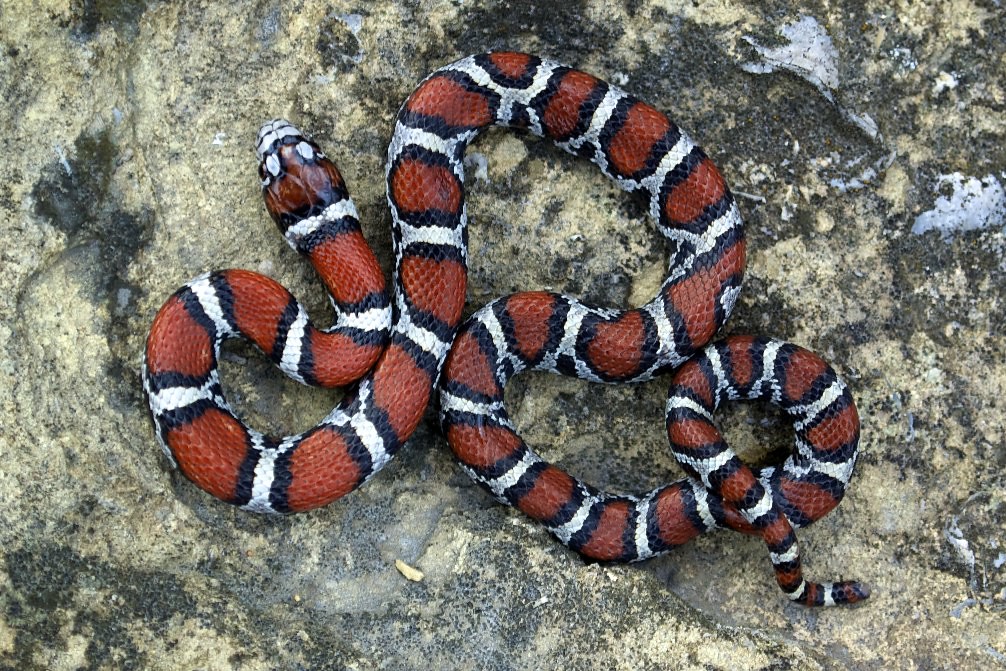
The Milk Snake is renowned for its striking tricolor pattern of red, black, and yellow (or white) bands that mimic the venomous Coral Snake in some regions, giving rise to the rhyme “red touch yellow, kill a fellow; red touch black, friend of Jack.” These medium-sized constrictors typically grow to 2-4 feet long and display considerable regional variation in color patterns across their extensive range throughout much of the United States.
Milk Snakes earned their common name from an old farmer’s myth that they would drink milk from cows, though in reality, they prefer to hunt rodents in barns and outbuildings. These secretive snakes spend much of their time hidden under rocks, logs, or leaf litter, emerging mainly at dusk and dawn to hunt. Despite their somewhat intimidating mimicry, Milk Snakes are docile reptiles that rarely bite when handled and are popular in the pet trade for their striking appearance and manageable size.
Understanding how to identify common non-venomous snakes can transform fear into fascination and help protect these often misunderstood reptiles. The 12 species highlighted here represent just a fraction of North America’s rich snake diversity, each playing valuable ecological roles in their respective habitats. While respectful distance should always be maintained when encountering wild snakes, recognizing these harmless species can prevent unnecessary panic and potentially harmful reactions toward beneficial wildlife. Remember that even non-venomous snakes may bite defensively if cornered or handled roughly, so observation from a distance is always the best approach for both human and snake safety.


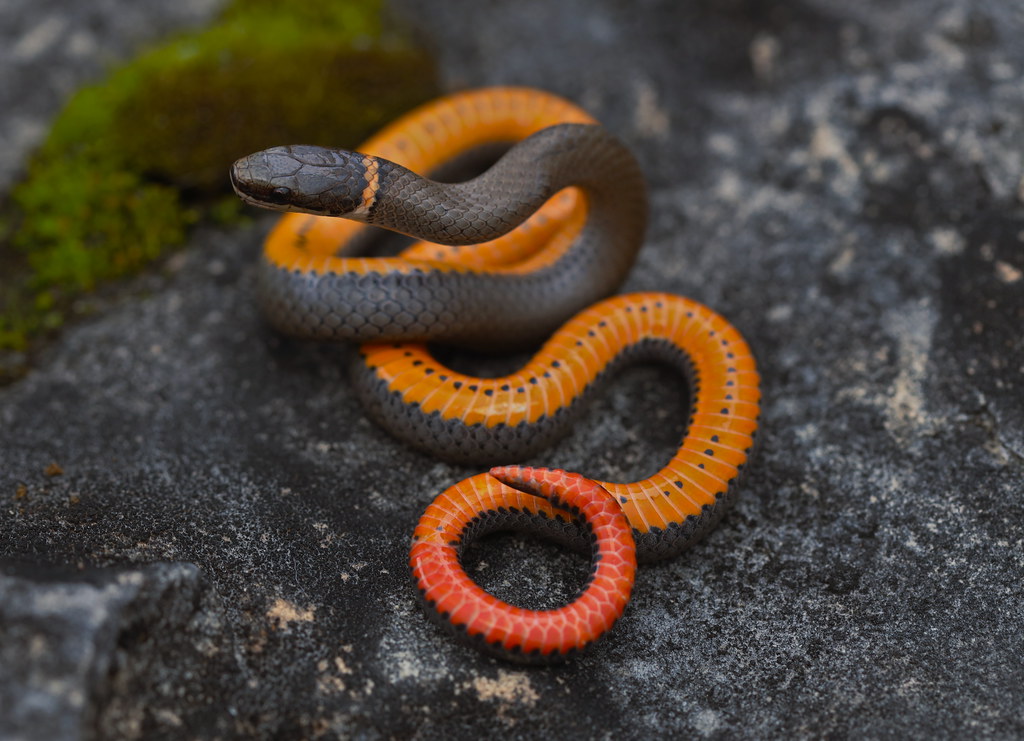
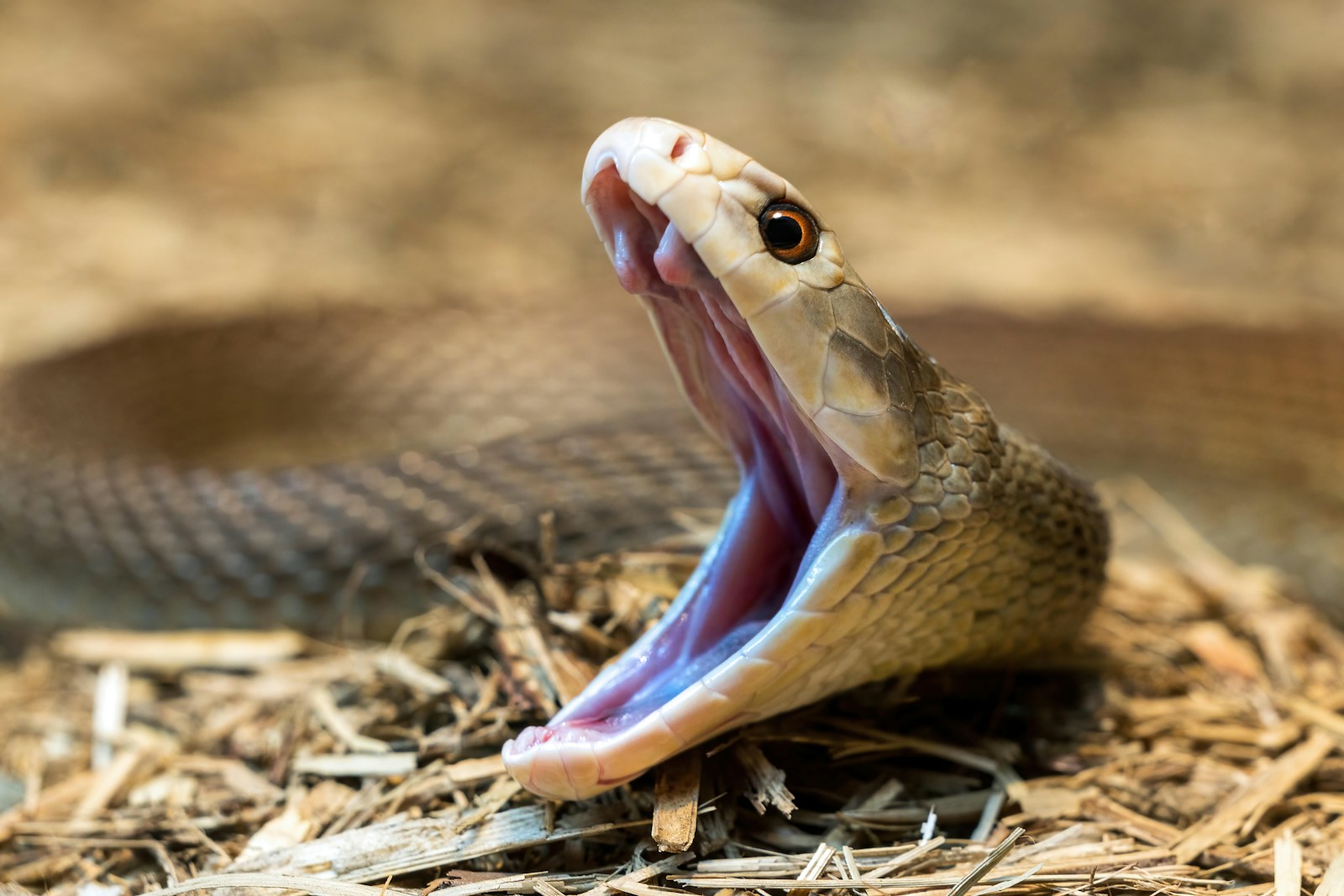
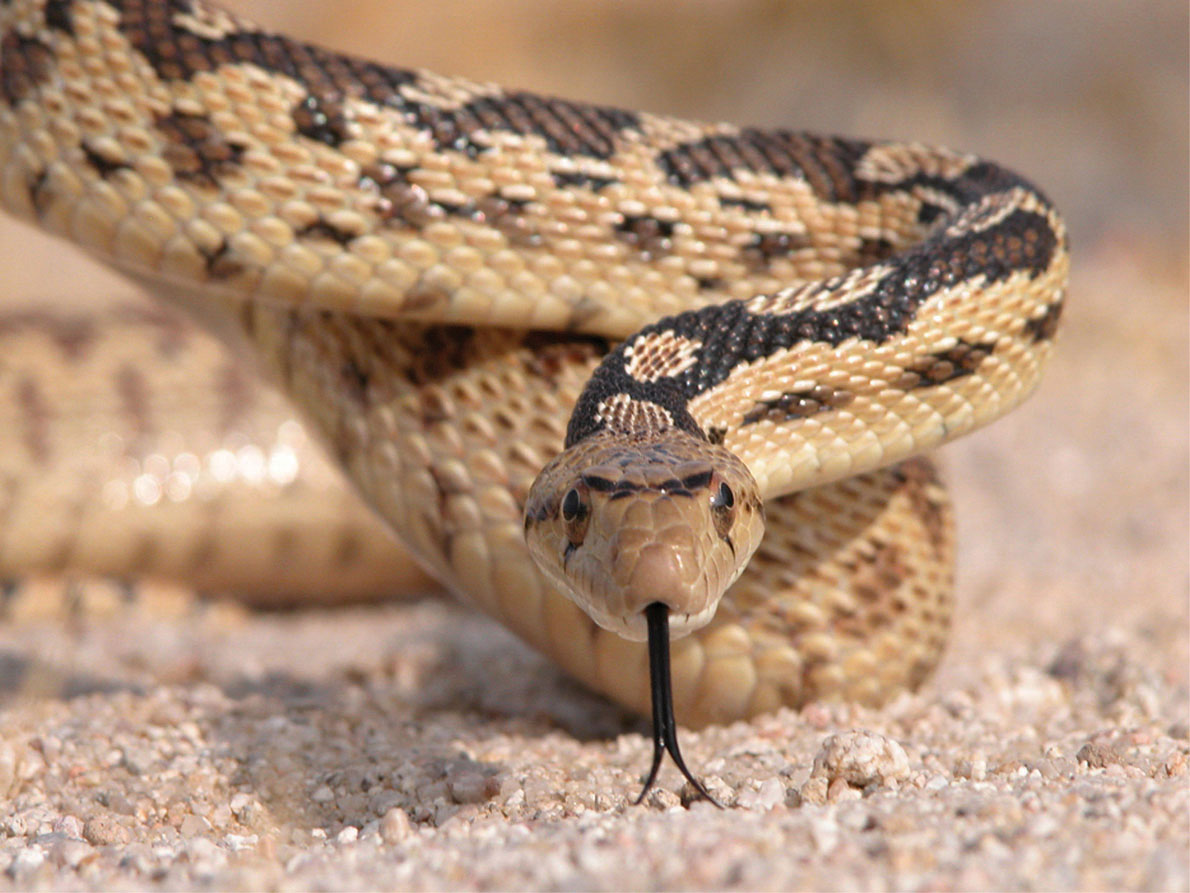
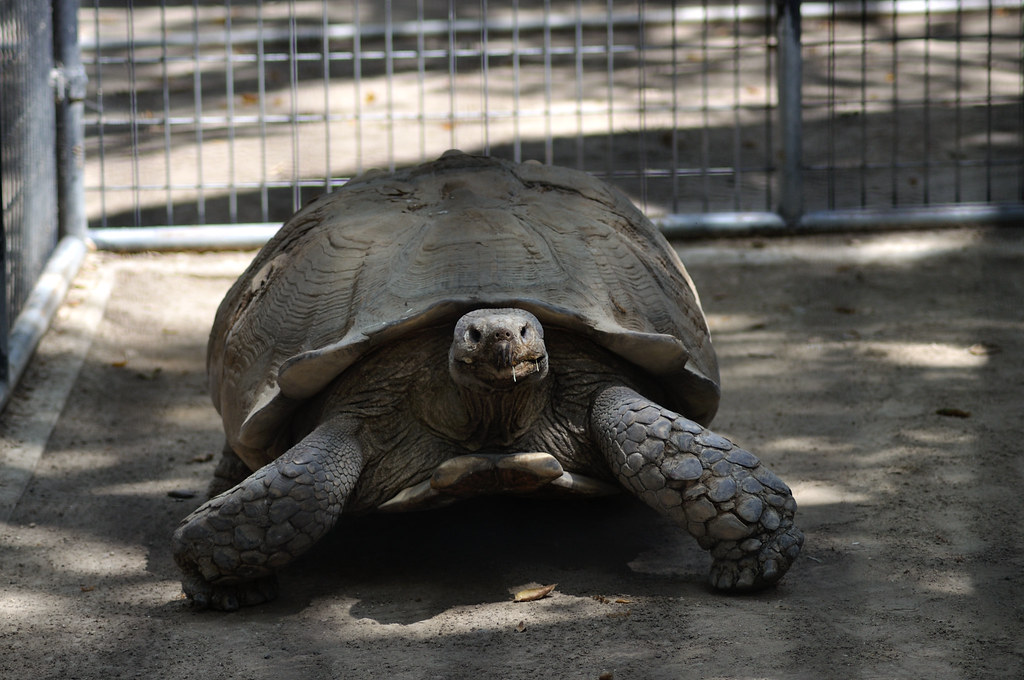
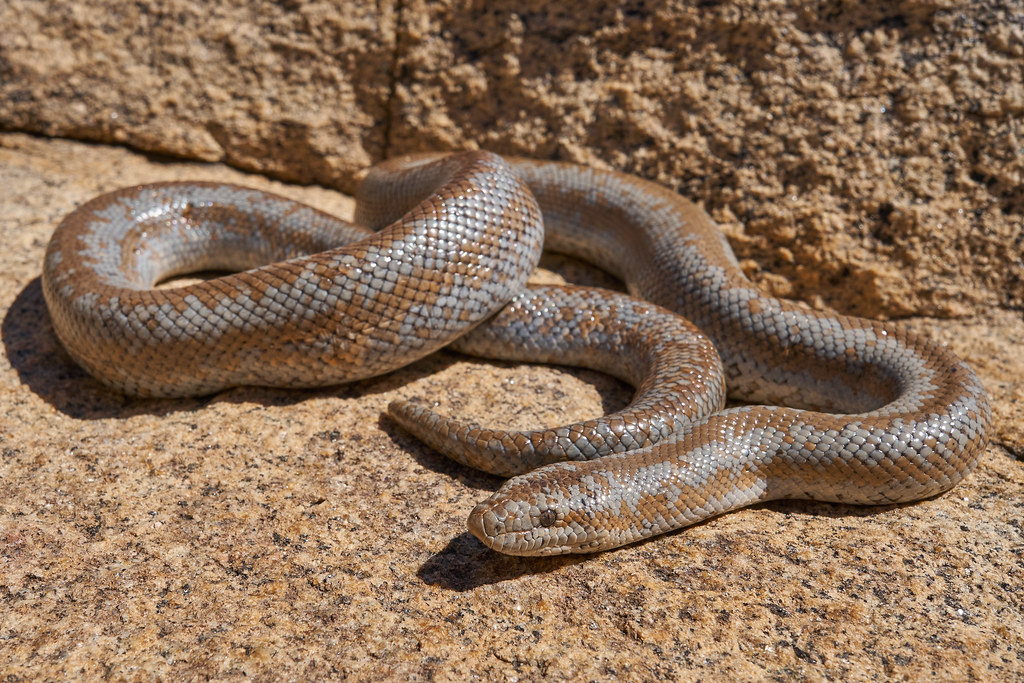

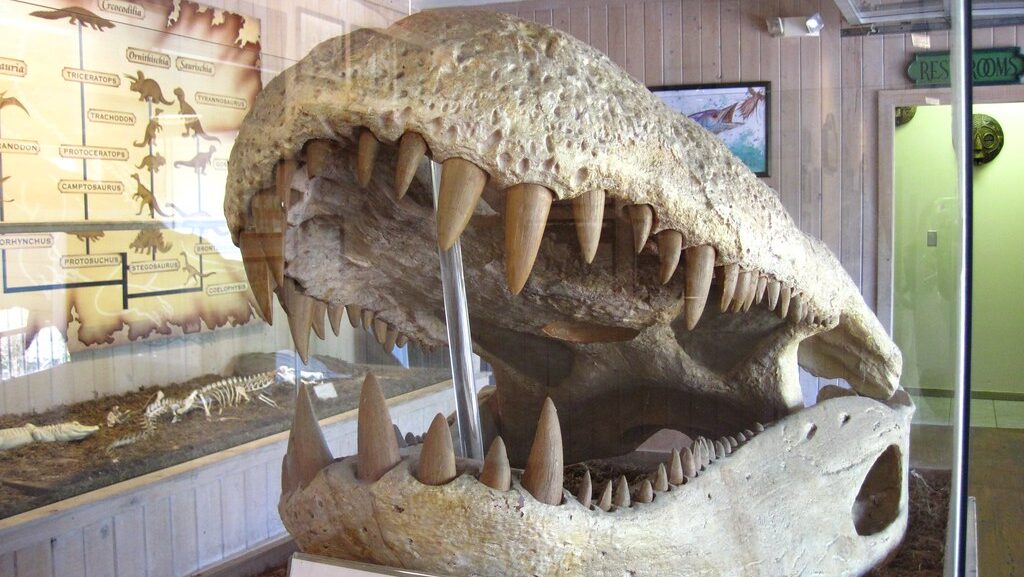
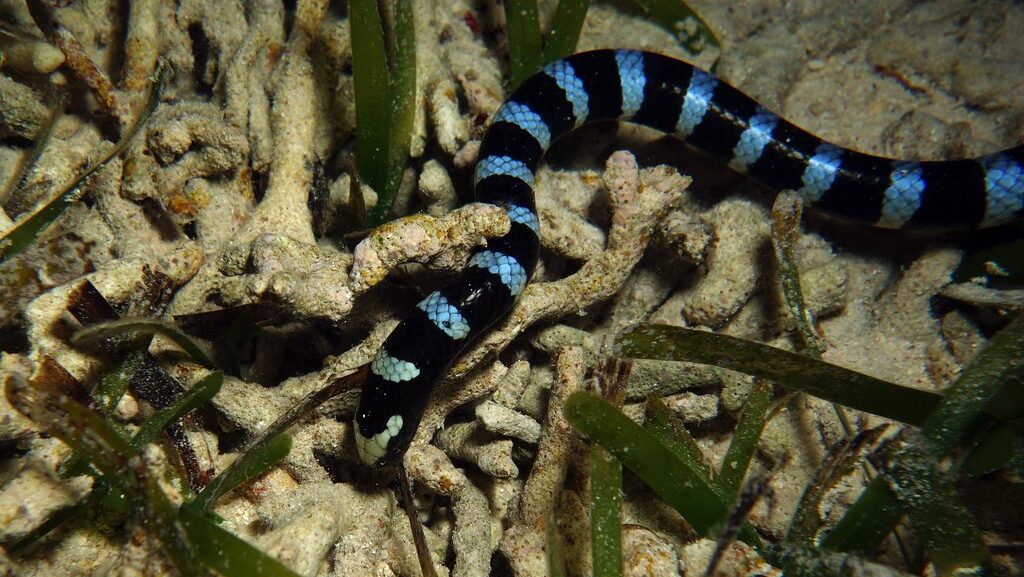
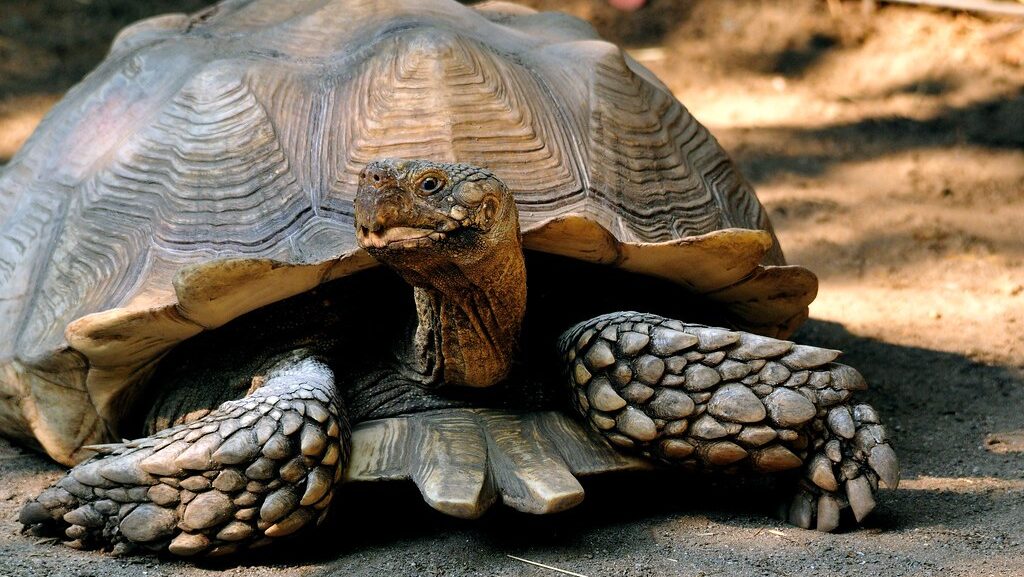



Leave a Reply